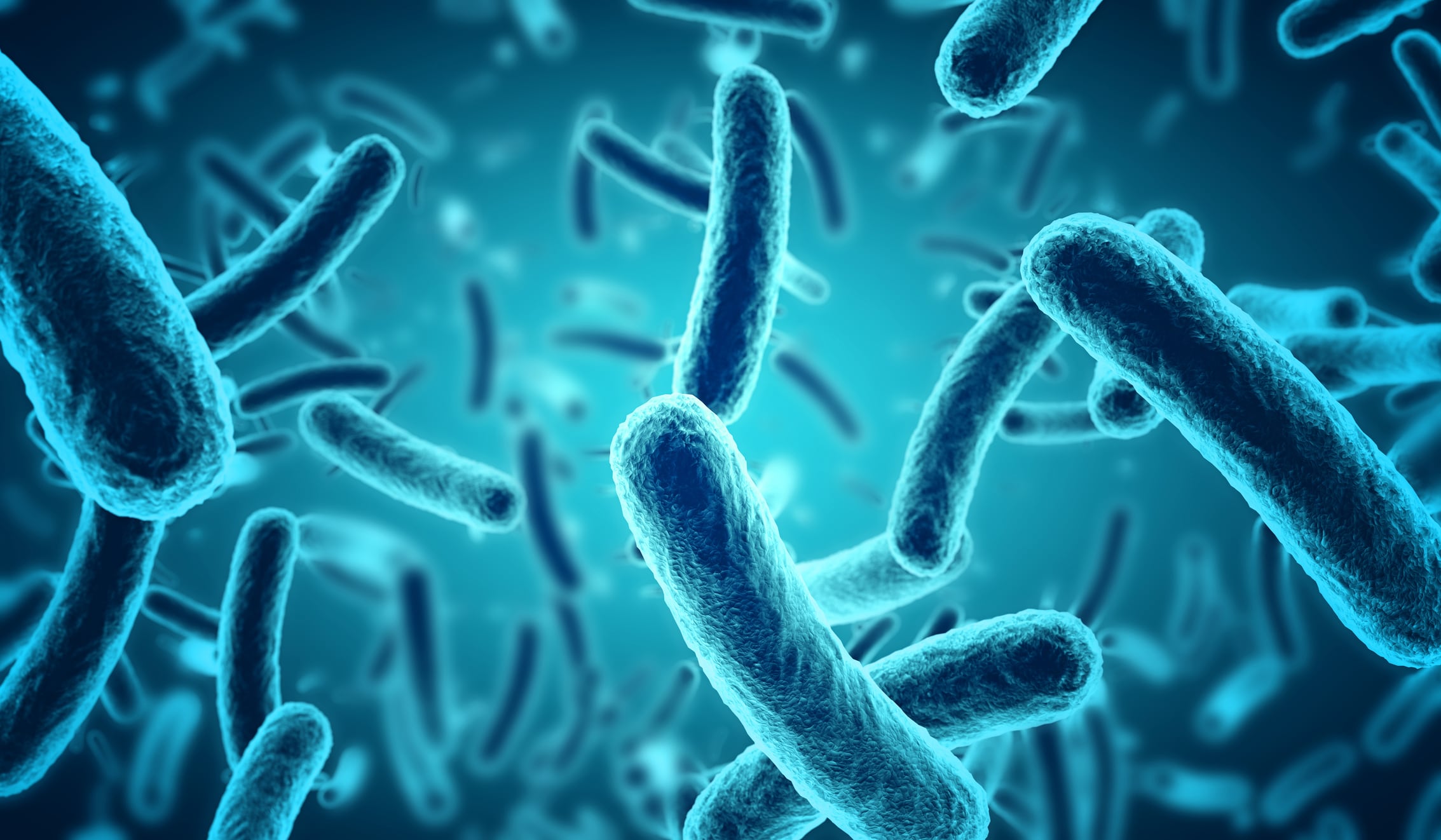The team of scientists identify these foods as viable alternatives to dairy due to the fermentation process that improves shelf life, safety, nutritional and functional composition, and their digestibility.
Moreover, bioactive, prebiotic and probiotic concentrations are found to be above the minimum recommended value to ensure optimum viability and efficacy.
“In all the matrices reviewed, the probiotic concentrations are above the minimum recommended value of 7 Log Colony Forming Units per millilitre (CFU/mL),” the team writes.
“Therefore, they are a good alternative to the dairy products on the market that can also be consumed by people intolerant or allergic to milk proteins, those who are hypercholesterolemic, or those who are vegetarian, among others.”
Dairy foods have traditionally been used as carriers for probiotic microorganisms with foods such as kefir, milk, yogurts, and cheese widely employed as dairy matrices for probiotic bacteria.
However, certain sectors of the population such as those allergic to milk proteins, those who are lactose intolerant, and those who are strictly vegetarian, cannot consume dairy products.
Therefore, a need has arisen to offer consumers an alternative to fermented dairy products by exploring new non-dairy matrices as probiotics carriers.
To improve probiotic viability in non-dairy beverages, prebiotics could be used as a supplement improving gut microbiome health by specific beneficial bacteria fermentation in the colon.
Of equal importance is the need to ensure probiotic viability during the processing and storage stage ensuring concentrations of round 106–107 CFU/mL or gram (g) of food at the time of consumption.
Metabolic growth mechanisms
The team from Miguel Hernández University in Spain drew upon studies discussing metabolic mechanisms of growth, probiotic viability, and microbial biotransformation or production of bioactive compounds in fermented non-dairy beverages.
The review focuses on fermented legume beverages, in which its potential as a probiotic carrier is highlighted due to its non-digestible oligosaccharide content that can be metabolised by microorganisms.
According to the review soybean legume (Glycine max, L.) is the most used since it has high quality proteins and minerals, and due to its isoflavones contents it has the potential to reduce the incidence of osteoporosis and menopausal symptoms.
Other matrices of promise include fermented cereal beverages, specifically oat. The team points to its proteins, soluble fibre, and antioxidant properties, with β-glucan being the standout carbohydrate fraction because of its prebiotic properties in the gut.
The team also mention a study that investigated the prebiotic potential of oat through in vitro fermentation for 24 hours with human faecal cultures.
Their results showed an increase in Short Chain Fatty Acids (SCFAs) and beneficial intestinal bacteria such as Enterobacteria, and a reduction in harmful bacteria such as anaerobes and clostridia.
The team also go on to identify maize (Zea mays, L.) as another cereal that contains about 72% starch, 10% proteins, and 4% fibre, together with vitamin B and essential minerals.
A study that uses the L. paracasei LBC-81 with the yeast S. cerevisiae CCMA 0731 and L. paracasei LBC-81 with S. cerevisiae CCMA 0732 as part of the fermentation process of the maize beverages at 30 °C for 24 h.
The results showed a high microorganism viability of above 7 Log CFU/mL during fermentation and during 28 days of refrigerated storage (4 °C).
“The fermentation process can be used for the delivery of probiotic bacteria and for food detoxification. Probiotic growth in the fermented food medium reduces toxins in raw materials,” the review notes.
“Aflatoxins can suppress the activity of the human immune system, affect nutrient absorption, and induce liver cancer.”
Fruit & veg-based beverages
Other beverages mentioned include fruit and vegetable-based beverages due to their hydration properties as well as their refreshing qualities and attractive range of flavours.
The team’s inclusion of wide variety of research focuses on the production of fermented non-dairy synbiotic beverages, including blended carrot-orange juices and nectars with different inulin concentrations and pomegranate juices.
In addition, studies using Cornelian cherry beverages using delignified wheat bran, clarified apple juice with oligofructose, orange juice with oligofructose, orange juices and hibiscus tea mixed beverage with oligofructose are included.
“Generally, the findings have indicated a good compatibility among prebiotic ingredients and vegetable beverage matrices,” say the researchers.
“Furthermore, prebiotic supplementation can improve the viability of the different probiotic strains so that they are above the minimum concentration recommended during the beverages processing and storage.
“Also, they are able to survive during gastrointestinal digestion in order to reach the colon, promoting the growth of beneficial bacteria.”
Source: Nutrients
Published online ahead of print: doi.org/10.3390/nu12061666
“Non-Dairy Fermented Beverages as Potential Carriers to Ensure Probiotics, Prebiotics, and Bioactive Compounds Arrival to the Gut and Their Health Benefits.”
Authors: Estefanía Valero-Cases et al.


